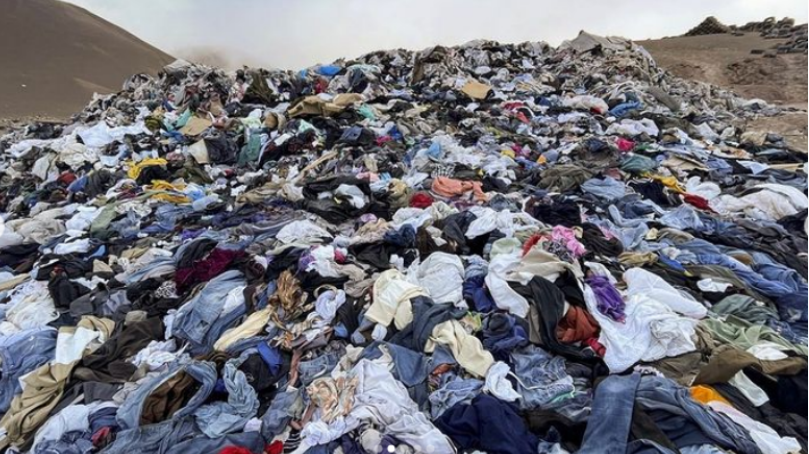
THE TURNING POINT IN THE TEXTILE AND FASHION INDUSTRY
2025 marks a turning point for the textile and fashion industry. With the entry into force of new European and Italian regulations, the sector faces major challenges but also unprecedented opportunities to embrace a more sustainable and circular business model.
The European regulatory revolution
The revision of the Waste Framework Directive, presented by the European Commission in July 2023 and approved in February 2024, introduced key measures for the management of textile waste. Among these, the obligation for all Member States to introduce separate collection of textile waste intended for reuse and recycling by 1 January 2025 stands out.
The regulation extends to all textile products, including those not intended for domestic use and those containing similar materials such as leather and hides. It also provides for stricter monitoring of mixed municipal waste to collect more accurate data on improperly disposed textiles and surveillance of used textiles intended for export.
EPR in Italy: an imminent paradigm shift
In response to the European directive, Italy is about to introduce an Extended Producer Responsibility (EPR) system for the textile supply chain. The draft decree currently being approved will oblige producers to take charge of the end-of-life management of their products, bearing the costs of collection, selection, preparation for reuse and recycling.
The decree provides for:
- The establishment of a national register at the Ministry of the Environment
- A traceability system to monitor textile waste flows
- An environmental contribution to finance waste management activities
- Penalties for non-compliant producers
- Incentives for eco-design
And it sets management objectives in relation to the weight placed on the market equal to:
- by 2026 at least 15%
- by 2030 at least 25%
- by 2035 at least 40%.
It’s time to act, even for skeptics. With these deadlines now looming, even the most reluctant companies must face reality: the transition to more sustainable models is no longer optional. Those who have been waiting for regulatory clarity now have it, and the message is unequivocal: adapt or risk losing competitiveness.
According to the Ellen MacArthur Foundation, the adoption of circular approaches in the fashion industry could generate an economic value of 700 billion dollars by 2030, representing 23% of the global fashion market. Failure to seize this opportunity means being cut off from a rapidly evolving market.
The main solutions for a circular textile industry: rethinking business models
The sector has grown following a linear approach (produce, consume, throw away) and must now reinvent itself by adopting a circular model.
The solutions are never simple, and over time a mix of these strategies will probably emerge:
- Ecodesign: Redesigning products from the beginning to ensure durability, repairability and recyclability.
- Reduction: Optimize production processes to minimize waste and use of resources, as well as promote greater product durability, abandoning the Fast Fashion paradigm.
- Repair: Develop services that extend the useful life of products through repair and maintenance.
- Reuse: Create effective channels for the reuse of discarded garments, through second-hand markets, take-back programs or exchange platforms.
- Creative reuse: Transform textile waste into new valuable products.
- Recycling technologies: Implement innovative solutions to transform textile waste into new resources, from mechanical to chemical decomposition.
Regenstech: a clean tech at the service of the fashion textile transition
At Regenstech, we have been working on recycling technologies since 2019, seeking innovative technological solutions to answer the challenges of the sector. By leveraging the experience of Regenesi, a pioneering company in circular fashion and design, we have developed a technological solution that allows us to transform all types of waste from the fashion textile sector into new secondary raw materials with plastic properties that are also recyclable.
The future of fashion textiles starts today, and are you ready?
